 (Wikimedia Commons)
(Wikimedia Commons)


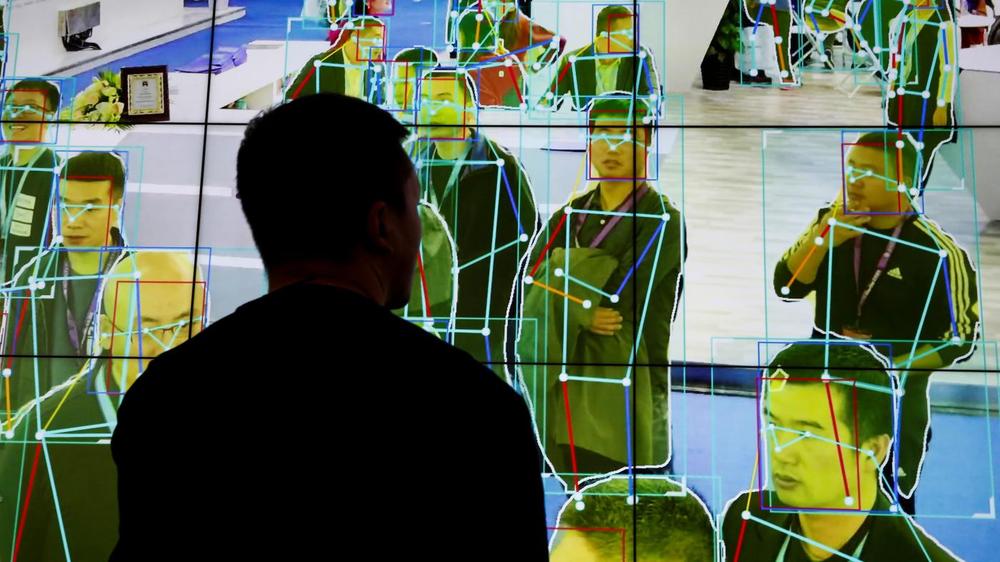
For years, Brent Hecht, an associate professor at Northwestern University who studies AI ethics, felt like a voice crying in the wilderness. When he entered the field in 2008, “I recall just agonizing about how to get people to understand and be interested and get a sense of how powerful some of the risks [of AI research] could be,” he says.
To be sure, Hecht wasn’t—and isn’t—the only academic studying the societal impacts of AI. But the group is small. “In terms of responsible AI, it is a sideshow for most institutions,” Hecht says. But in the past few years, that has begun to change. The urgency of AI’s ethical reckoning has only increased since Minneapolis police killed George Floyd, shining a light on AI’s role in discriminatory police surveillance.
This year, for the first time, major AI conferences—the gatekeepers for publishing research—are forcing computer scientists to think about those consequences.
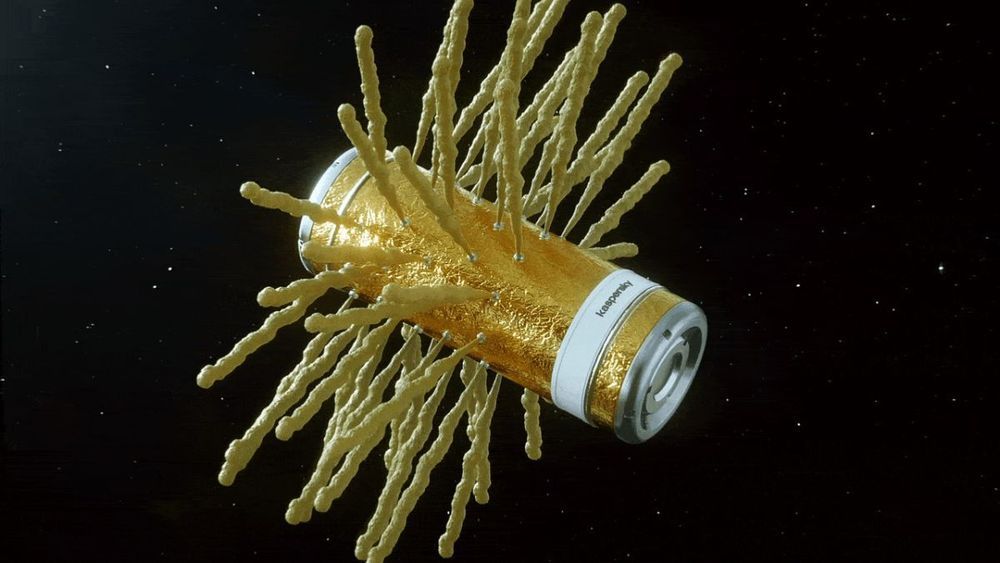
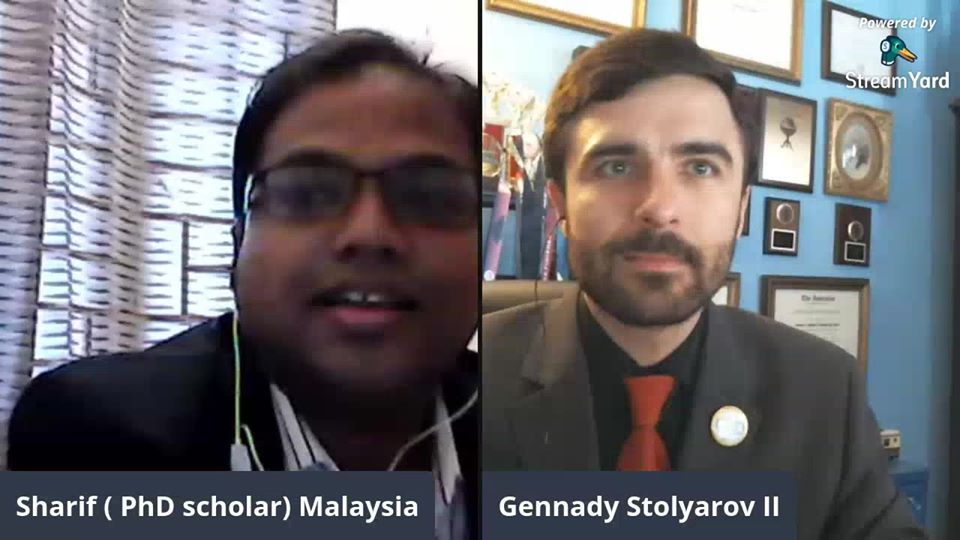
A strange weakness in the Earth’s protective magnetic field is growing and possibly splitting, shows data.

Although many other observatories, including NASA’s Hubble Space Telescope, have previously created “deep fields” by staring at small areas of the sky for significant chunks of time, the Cosmic Evolution Early Release Science (CEERS) Survey, led by Steven L. Finkelstein of the University of Texas at Austin, will be one of the first for Webb. He and his research team will spend just over 60 hours pointing the telescope at a slice of the sky known as the Extended Groth Strip, which was observed as part of Hubble’s Cosmic Assembly Near-infrared Deep Extragalactic Legacy Survey or CANDELS.
“With Webb, we want to do the first reconnaissance for galaxies even closer to the big bang,” Finkelstein said. “It is absolutely not possible to do this research with any other telescope. Webb is able to do remarkable things at wavelengths that have been difficult to observe in the past, on the ground or in space.”
Mark Dickinson of the National Science Foundation’s National Optical-Infrared Astronomy Research Laboratory in Arizona, and one of the CEERS Survey co-investigators, gives a nod to Hubble while also looking forward to Webb’s observations. “Surveys like the Hubble Deep Field have allowed us to map the history of cosmic star formation in galaxies within a half a billion years of the big bang all the way to the present in surprising detail,” he said. “With CEERS, Webb will look even farther to add new data to those surveys.”
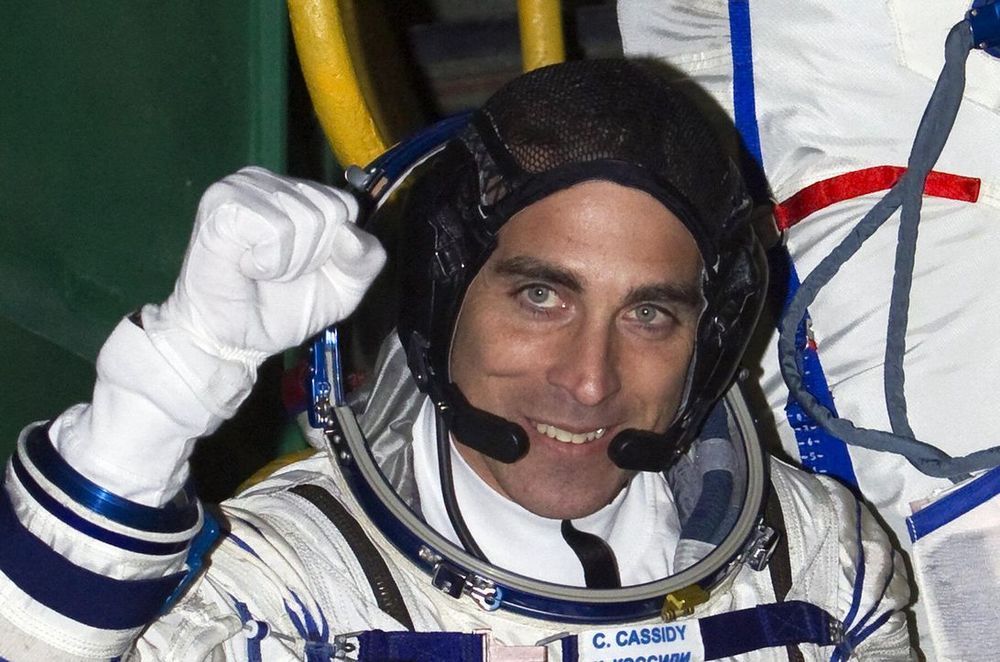
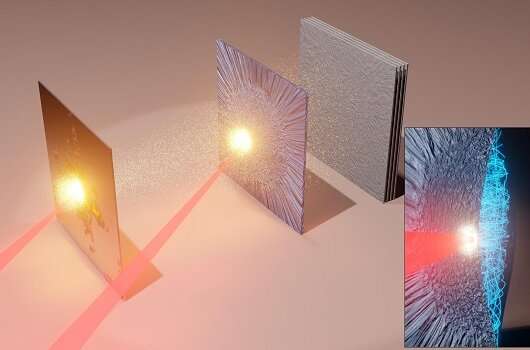
The magnetic structures resulting from a plasma instability predicted by the physicist Erich Weibel about 50 years ago have been evidenced at surprisingly large scales in a laser-driven plasma in the prestigious journal Nature Physics. This instability is also expected to operate in astrophysical settings where it is held responsible for the acceleration of cosmic rays and the emission of gamma photons in the famous “gamma-ray bursts.”
Julien Fuchs, a graduate of the Institut national de la recherche scientifique (INRS) and a researcher at the Laboratoire pour l’utilisation des lasers intenses (LULI) in France, INRS Professor Patrizio Antici, a specialist in laser-driven particle acceleration, and INRS Professor Emeritus Henri Pépin have succeeded in measuring the magnetic fields produced by Weibel instabilities within a laser-driven plasma, an ionized gas. Their results were published on June 1 in Nature Physics.
The researchers used the proton radiography technique to visualize this extremely fast phenomenon. “Our protons accelerated by laser-plasma interaction are able to take a sequence of images of very fast electromagnetic phenomena, lasting a few picoseconds only and with a resolution of a few microns. This allows us to probe instabilities with precision unmatched by other imaging techniques,” reports Patrizio Antici, who did his thesis under the supervision of Professor Fuchs, himself formerly under the direction of Professor Pépin.
In recent days, the coronavirus pandemic is wrecking havoc on our society. However, the next pandemic is likely to come from one of either two sources: 1) man-made bioterrorism agents or 2) man’s encroachment on nature.
PS: The stock footage from this photo comes from Videvo!
Discord Link: https://discord.gg/brYJDEr
Patreon link: https://www.patreon.com/TheFuturistTom
Please follow our instagram at: https://www.instagram.com/the_futuris…
For business inquires, please contact [email protected]
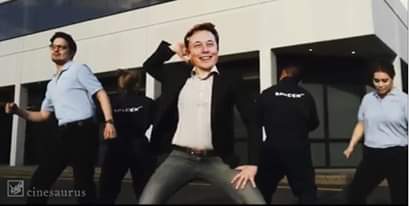
Click on photo to start video.
#HappyBirthdayElonMusk #MustWatch #SpaceX #ElonMusk #SpaceFun #SpaceExploration
#HappyBirthdayElonMusk #MustWatch #SpaceX #ElonMusk #SpaceFun #SpaceExploration